Balboa Park: Plaza de Panama
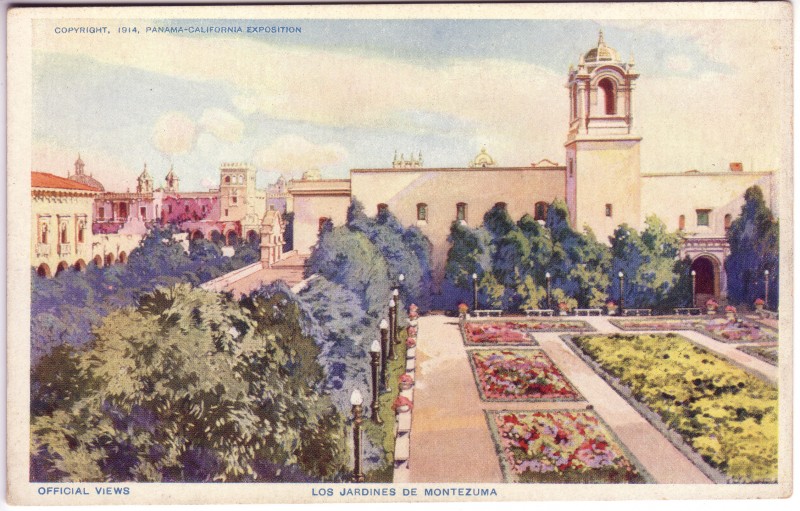
Walking east along El Prado, visitors to the 1915-16 Panama-California Exposition passed Montezuma Gardens (later Alcazar Garden) and arrived at the expansive Plaza de Panama, a cherished gathering place. Following World War II, the area became increasingly clogged with vehicles, leading traffic to be cleared from the entire plaza this past June. For the 1915 fair, however, Plaza de Panama was free of vehicles. An exception was the Electriquette, a motorized electric cart.

The plaza was bordered by Exposition buildings, all with specific names. The building on the southwest side was the Indian Arts Building, later referred to as the House of Charm, and now called Mingei International Museum. The Indian Arts designation was a last minute decision, when the name was suddenly changed from the Arts and Crafts Building.
Designed by Carleton Winslow, the structure is an example of Spanish Colonial Mission style. The east, and most prominent, side of the Indian Arts Building was copied from a photograph of the Sanctuary of Guadalupe facade in Guadalajara, Mexico. The building’s distinguishing tower was also a copy, taken from the design of the Church of Santa Catarina in Puebla, Mexico. The decoration on the building’s west side was more contained so as not to compete with the Gardens of Montezuma. The walls to the south were simple, with high windows.

The Smithsonian Institute and the School of American Archeology provided many artifacts, which drew a steady stream of fair-goers. Inside, painted scenes on the walls served as backdrops for the displays, while demonstrations of blanket and basket weaving and pottery making provided visitors with first-hand experiences.
 In 1916, for the second year of the Exposition, the Indian Arts venue was renamed the Russia and Brazil Building. The interior was expanded to contain exhibits about coffee and rubber production, as well as wood from the Amazon Valley. Somewhat ironically, the Russian exhibits were brought from Northern California, where they had been at the rival Panama-Pacific Expo taking place in San Francisco. Unfortunately, when the building was reassigned, many of the Indian artifacts that had been on display were lost or misplaced.
In 1916, for the second year of the Exposition, the Indian Arts venue was renamed the Russia and Brazil Building. The interior was expanded to contain exhibits about coffee and rubber production, as well as wood from the Amazon Valley. Somewhat ironically, the Russian exhibits were brought from Northern California, where they had been at the rival Panama-Pacific Expo taking place in San Francisco. Unfortunately, when the building was reassigned, many of the Indian artifacts that had been on display were lost or misplaced.
In 1917, following the conclusion of the Exposition in 1916, the building once more changed names, becoming the Science of Man Building. The public became so confused over the name changes that many city officials and members of the press continued to refer to it as the Indian Arts Building, just as they continued to refer to it as the House of Charm following the 1935 Exposition. DARLENE G. DAVIES

Imagery courtesy of Darlene G. Davies and Paul Marshall
Directory
The Great Panama-California Exposition
1915 Panama-California Exposition
Spreckels Outdoor Organ Pavilion
Gardens of the Panama-California Exposition
Legacy of the Foreign Arts Building
Panama-California Sculpture Court
Commerce and Industries Building
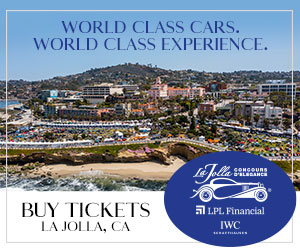
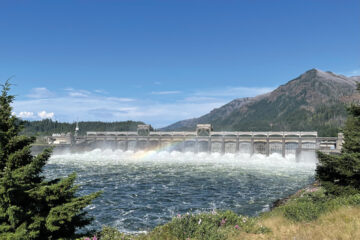
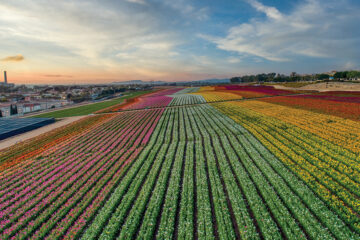
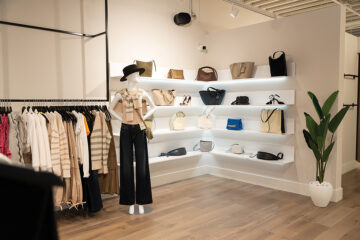
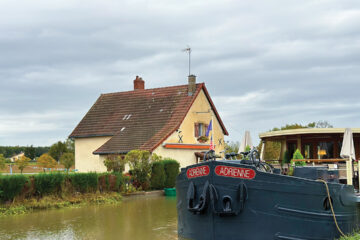
Comments